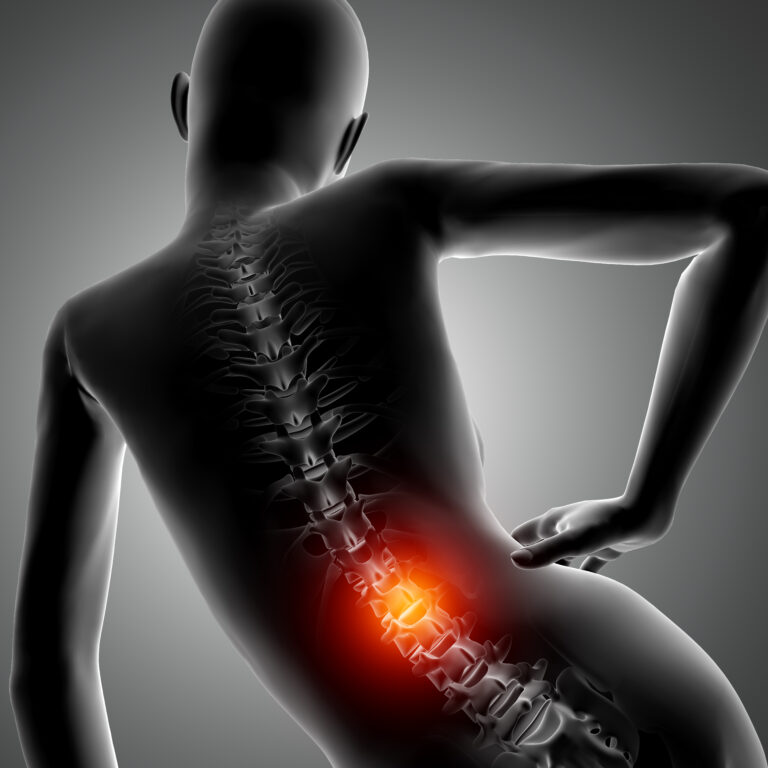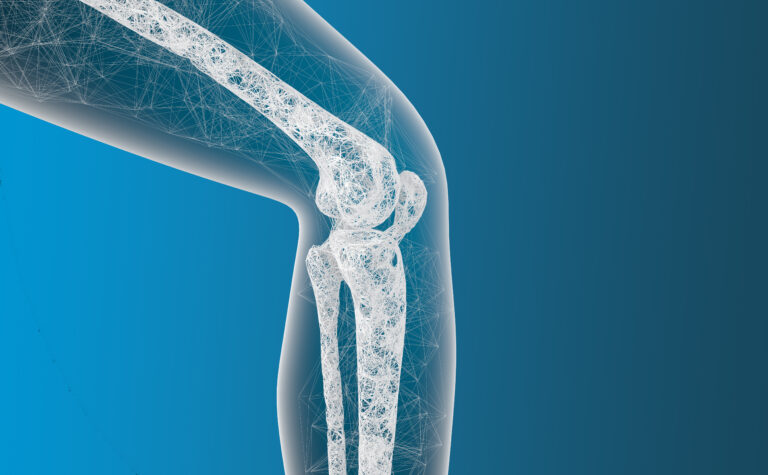
Introduction Orthopedic pain, often associated with injuries, surgeries, or chronic conditions like arthritis, is a significant concern for many individuals. Effective pain management is essential to improving the quality of life, restoring mobility, and promoting faster recovery. In orthopedic care, pain management combines a range of strategies, from medications to physical therapy and innovative treatments. This guide provides a comprehensive overview of the most common and effective pain management techniques used in orthopedic care.
Overview
Orthopedic pain can stem from various conditions, including joint arthritis, fractures, sprains, tendonitis, and post-surgical recovery. The approach to pain management varies depending on the cause, severity, and duration of pain. Comprehensive pain management includes pharmacological treatments, physical rehabilitation, interventional therapies, and complementary therapies aimed at addressing the root cause of the pain while improving function and mobility.
Pain Management Strategies in Orthopedic Care
- Pharmacological Treatments
- Non-Steroidal Anti-Inflammatory Drugs (NSAIDs): These are commonly used to reduce inflammation and pain, especially in conditions like arthritis or soft tissue injuries. Examples include ibuprofen, naproxen, and aspirin.
- Acetaminophen: Often used for mild to moderate pain relief, acetaminophen is typically prescribed for musculoskeletal pain when NSAIDs are not suitable.
- Opioids: Stronger medications like opioids are prescribed for severe pain, particularly post-surgical or post-trauma. However, they are typically used for short durations due to the risk of dependency and side effects.
- Topical Analgesics: These are creams or gels applied directly to the skin for localized pain relief, often used for conditions like tendonitis or muscle strains.
- Physical Therapy
Physical therapy (PT) is a key component of pain management, focusing on restoring function and improving mobility. Treatment may include:- Exercise: Tailored exercises are designed to strengthen muscles, improve joint stability, and reduce pain.
- Manual Therapy: Techniques like joint mobilization and soft tissue manipulation can help relieve pain, improve movement, and reduce stiffness.
- Stretching: Regular stretching can help alleviate muscle tension, reduce pain, and improve flexibility in joints.
- Interventional Pain Management
For patients with chronic or severe orthopedic pain, interventional treatments can provide relief when conservative methods like physical therapy and medications are insufficient.- Corticosteroid Injections: Steroid injections are commonly used for inflammation in joints, tendons, or muscles. They provide quick relief from conditions like arthritis and bursitis.
- Hyaluronic Acid Injections: Used to treat osteoarthritis, hyaluronic acid injections lubricate the joint and reduce pain, improving mobility.
- Nerve Blocks: Nerve blocks can be used to interrupt pain signals from specific nerves, providing temporary relief from conditions like sciatica or spinal pain.
- Radiofrequency Ablation: This technique uses heat to target and destroy nerve tissue that is causing pain, often used in cases of chronic back or knee pain.
- Surgical Interventions
Surgery may be required if pain is not manageable through other treatments. Common surgical options include:- Joint Replacement Surgery: For severe arthritis, joint replacement (e.g., hip or knee replacement) can provide significant relief from pain and restore function.
- Arthroscopy: A minimally invasive surgery that allows for the repair of joint issues like cartilage damage, torn ligaments, or meniscus tears.
- Spinal Surgery: For spinal conditions, procedures such as discectomy or spinal fusion may be necessary to relieve nerve compression or stabilize the spine.
- Complementary Therapies
Non-invasive therapies can be used alongside conventional treatments to improve pain management and overall well-being.- Acupuncture: Acupuncture has been shown to reduce chronic pain by stimulating specific points on the body, promoting healing and reducing inflammation.
- Massage Therapy: Therapeutic massage can reduce muscle tension, improve circulation, and alleviate pain in soft tissues, aiding recovery after injury or surgery.
- Chiropractic Care: Chiropractors use spinal manipulation and other techniques to treat musculoskeletal pain, especially in the back and neck.
- Mind-Body Techniques
Psychological and emotional factors can affect how pain is experienced. Mind-body techniques focus on reducing the stress and emotional impact of pain, improving overall pain management.- Cognitive Behavioral Therapy (CBT): CBT helps patients cope with chronic pain by changing negative thought patterns and providing strategies to manage pain effectively.
- Mindfulness and Meditation: These practices can help reduce stress, promote relaxation, and lower pain perception by improving emotional resilience.
- Biofeedback: This technique teaches patients to control physiological functions, such as heart rate or muscle tension, to reduce pain and stress.
Potential Risks and Complications
- Medication Side Effects: Long-term use of medications, especially opioids or NSAIDs, can cause side effects such as gastrointestinal issues, liver damage, or dependency.
- Surgical Risks: As with any surgery, orthopedic procedures come with risks of infection, bleeding, nerve damage, or complications from anesthesia.
- Physical Therapy Overuse: Intense physical therapy without proper guidance can lead to muscle strain, joint aggravation, or overuse injuries.
- Injection Risks: While generally safe, injections like corticosteroids or hyaluronic acid can cause side effects, including joint infection or temporary flare-ups of pain.
Understanding the Recovery Process
Recovery after orthopedic pain management depends on the severity of the condition, the treatment approach, and the patient’s overall health. Post-surgical recovery often involves a combination of rest, physical therapy, and pain management strategies to regain mobility and function. For chronic pain, ongoing management with lifestyle adjustments, physical therapy, and sometimes interventional treatments is necessary for long-term relief.
Key Takeaway
Effective pain management in orthopedic care requires a comprehensive approach that combines medications, physical rehabilitation, interventional procedures, and complementary therapies. The goal is not only to reduce pain but also to promote healing, restore mobility, and improve the quality of life for patients. By customizing treatment plans based on the individual’s needs, orthopedic pain can be managed effectively, allowing patients to return to their daily activities with improved function and less discomfort.
Disclaimer
This overview is for informational purposes only and should not replace professional medical advice. Always consult a healthcare provider for diagnosis and treatment options tailored to your specific condition.


